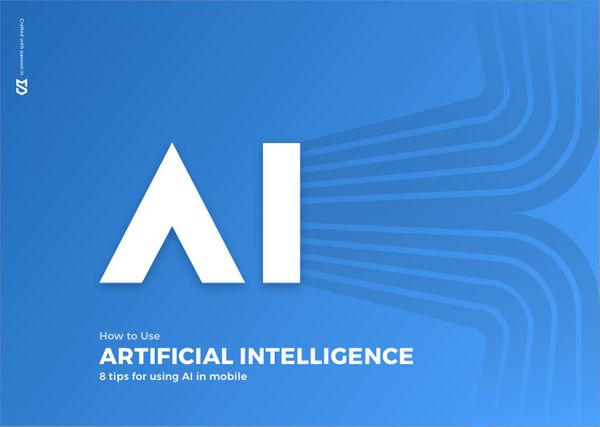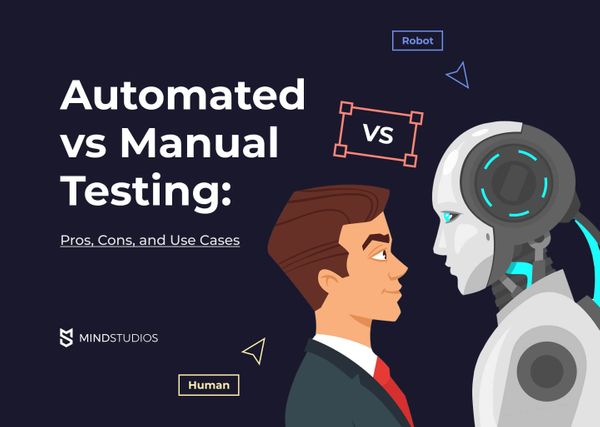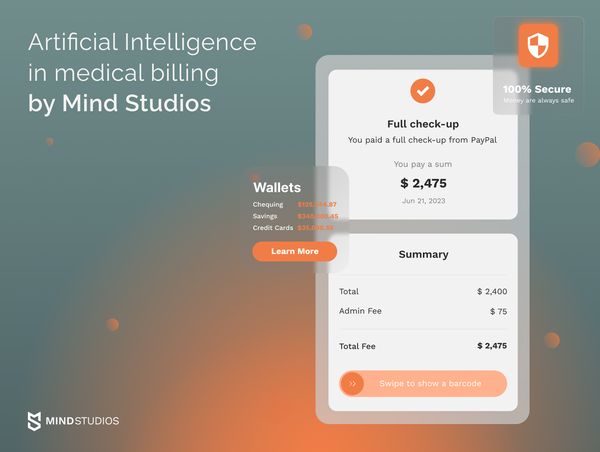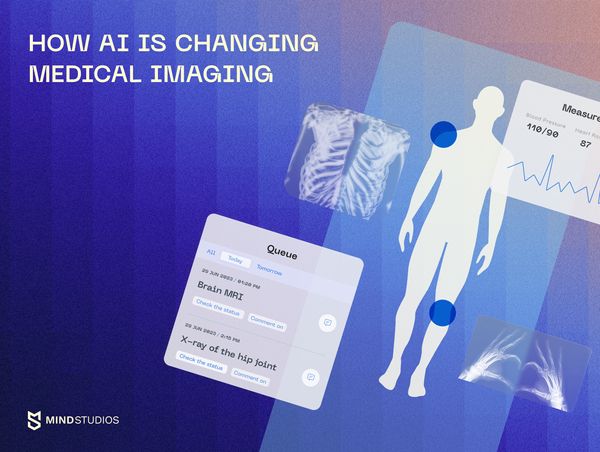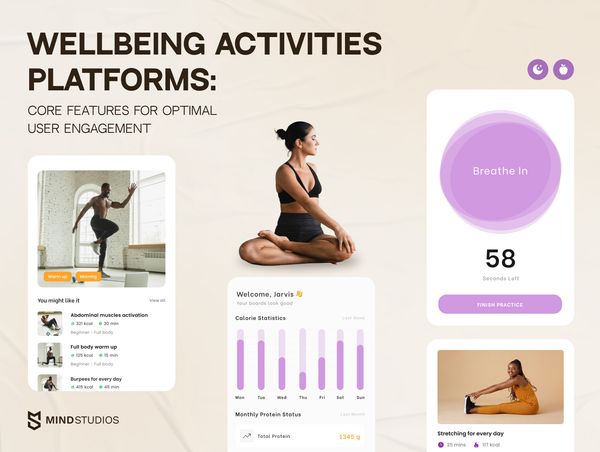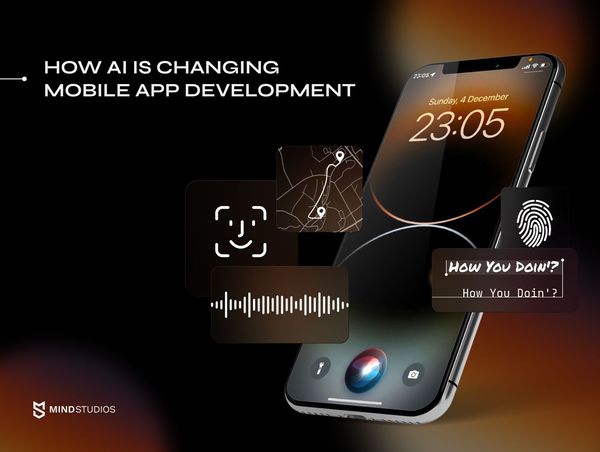
As a mobile app development company, we’ve been keeping an eye on AI trends for a while, trying new technologies and exploring the ways to employ them in our projects. In this article, we’ll be using this accumulated knowledge to talk about artificial intelligence in mobile apps and how AI is changing everything, from app usage to its development.
Did you know that the use of artificial intelligence is forecasted to help increase global GDP by $15.7 trillion by 2030? That’s because AI boosts business productivity in developed countries by about 40% — according to Techjury. The same source also states that 77% of people use at least one device or service with some sort of AI-backed functionality.
Role of artificial intelligence in mobile app development
Funnily enough, about 67% of people are unaware of their own use of AI. That’s because not all artificial intelligence-based features are at the front and center of a service; a lot of AI/ML functionality can be hidden. Let’s go over some examples of AI in apps, visible and not so much.
Image recognition
We see multiple cases of AI in mobile apps for image recognition:
- Google search by image works by analyzing colors and shapes to find matches on the internet
- Google Translate uses machine learning and artificial intelligence to analyze images, find text on them, and translate it, through uploaded photos and in “live” mode via camera
- Face unlock for smartphones and apps uses ML to “teach” our smartphones what a user’s face looks like so that another person can’t unlock the device
- Face recognition technology used by law enforcement is also based on artificial intelligence and machine learning
- Barcode / QR code scanning uses AI to check products in stores, find and pay for venues, and more
- Some smartphone models have embedded AI modules in cameras to automatically adjust settings for better photos; this includes face detection for portrait shots, automatic night mode settings, different settings for different light conditions, etc.
These are just a few examples off the top of the head. The technology is not yet perfect and such software takes time and a lot more uploaded data to learn to recognize everything right (hence the name ‘machine learning’). So sometimes, its use causes frustration due to mistakes. There are, however, occasional mood-lifting funny blunders too.

Biometrics
We’ve become quite used to fingerprint unlocks in devices and rarely question ourselves how this feature works and why it came to exist now — after all, police has been using fingerprints for decades. Well, when the technology became more sophisticated and computers learned to compare fingerprints, the next logical step was to scale this to mobile phone use. Now, we use this instead of (or in addition to) PIN codes and passwords.
However, it is AI that made all this — computer-based forensic science too — possible. Smartphones’ software employs artificial intelligence to record the tiniest patterns on our fingertips and compare them to the “image” on any fingertips touching the sensor.
Automated reasoning models
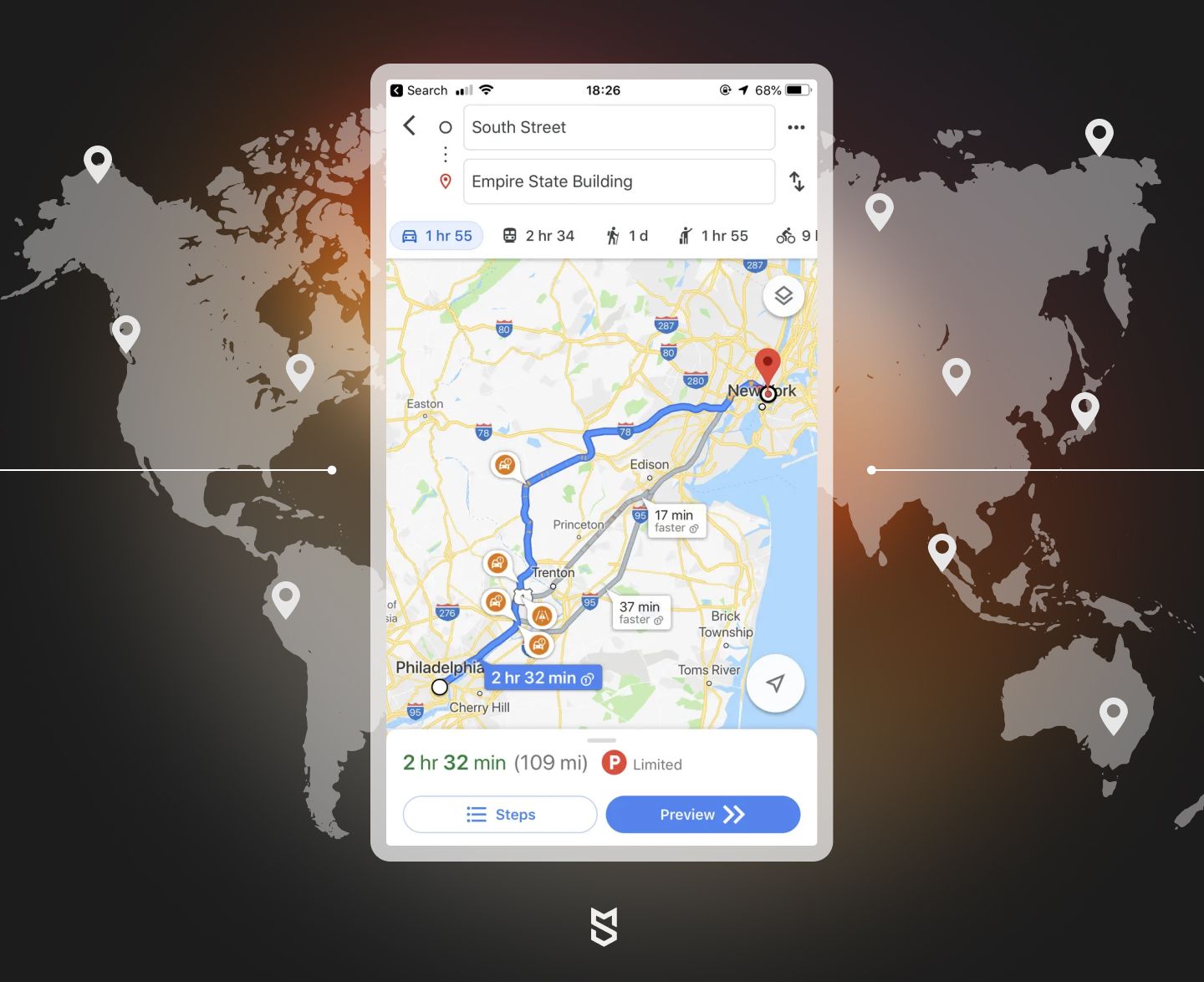
Ever wondered how Google Maps builds routes and knows how long it takes to get from point A to point B by each of the possible routes? This same technology is used by taxi and delivery apps like Uber.
The essence of this functionality is that a machine learning model continuously collects data from app/service users, and uses this data to predict conditions for future travels. The data includes available information on the number of traffic lights, distance, and the time cars or people spent covering this route previously at different times of the day.
This way, the algorithm can predict traffic jams at all possible points, calculate the time supposedly necessary to cover each route, and suggest the best route to a driver. It’s the use of artificial intelligence in mobile apps that we probably can’t live without anymore.
Natural Language Processing (NLP)
Every time we say “Hey, Google!”, call out to Alexa, speak with Cortana, or basically use any virtual assistant — that’s NLP at work.
NLP is probably one of the most complex branches of artificial intelligence, and also one of the oldest as it naturally grew from converting words we type on our devices into binary code of machine language. NLP uses data from not just artificial intelligence but computer science and linguistics as well.
The results of NLP work are many and varied:
- Those closed captions on YouTube videos without proper subtitles
- Transcripts of podcasts and audio versions of news articles
- Bayesian spam filtering for emails sorts incoming mail into categories and moves spam emails into a separate folder
- Search by categories, #hashtags, or just mentioned words on websites and social media
- Social media analytics
Chatbots
That time you thought you spoke to a person in a customer support chat but then they said “I will redirect you to our human support specialist for your inquiry.”
Chatbot is a somewhat simpler use case of AI than NLP or image recognition, yet it’s also one of the best illustrations to show the benefits of AI in mobile app development for businesses, especially in fields like e-commerce or banking.
Modern people are impatient and quite often we skip on reading announcements, instructions, and FAQ sections to promptly jump to the customer support with every little issue. With the use of machine learning, a business can train a computer program (chatbot) to answer a range of simpler or more frequent questions from customers. This frees time for human employees to better and faster solve more complex issues that arise.
Targeted advertising
Mobile apps collect data on user behavior on devices to offer us relevant ads and push us to make purchases or download other apps. While the ethics of such activity is under constant scrutiny, and app stores try to limit the use of data collected, the practice is still alive and kicking.
Targeted advertising uses machine learning as well: the device records which ads we watch till the end and which ones we tap on to see more. This information is then used to “teach” apps to offer us more similar ads. When we choose to tag an ad as irrelevant or report it, this is also recorded to not aggravate users in the future by showing this and similar ads.
Emotion recognition
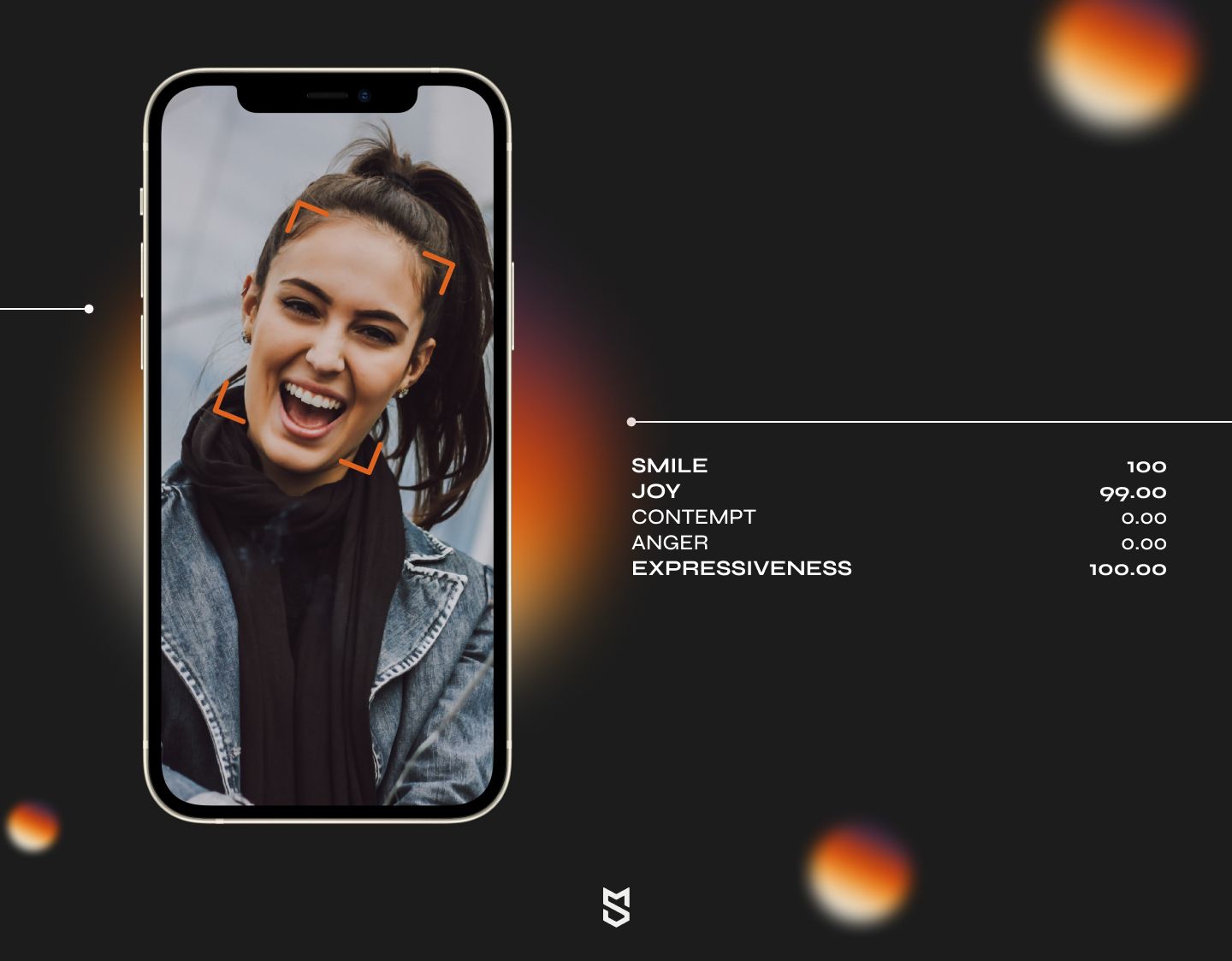
This is a somewhat wide field of using AI for mobile apps as emotions can be detected through various channels: voice, face detection, typed texts. Emotion recognition can be, therefore, employed in several ways, be it chatbot, a voice assistant, or a video sensor.
What uses are there for emotion recognition? Here’s a non-exclusive list of examples:
- Chatbots can detect the user’s emotional state and patience level by analyzing precise words they type in a message, number of exclamation marks, use of swear words, etc. Then the algorithm can redirect an angry or rushing user to a more experienced employee.
- A voice assistant can detect the raised voice of an angry customer and, too, choose an appropriate support specialist for them.
- A hospital voice assistant might be set to detect callers in distress and requiring urgent help.
- Video sensors in cars can prevent accidents by analyzing facial expressions, detecting when a driver is drowsy or is experiencing health issues that might interfere with driving (e.g. a stroke).
- With the help of AI and ML, educational apps can adjust learning programs to the user’s mood and also analyze facial expressions and voice to detect when the user is having trouble concentrating or understanding the topic.
- Virtual personal assistants like Siri and Alexa can detect users’ mood and converse with them appropriately.
- Health-monitoring apps for users suffering from certain ailments that might manifest in facial spasms or ticks will help doctors react faster
How does AI change mobile app development process?
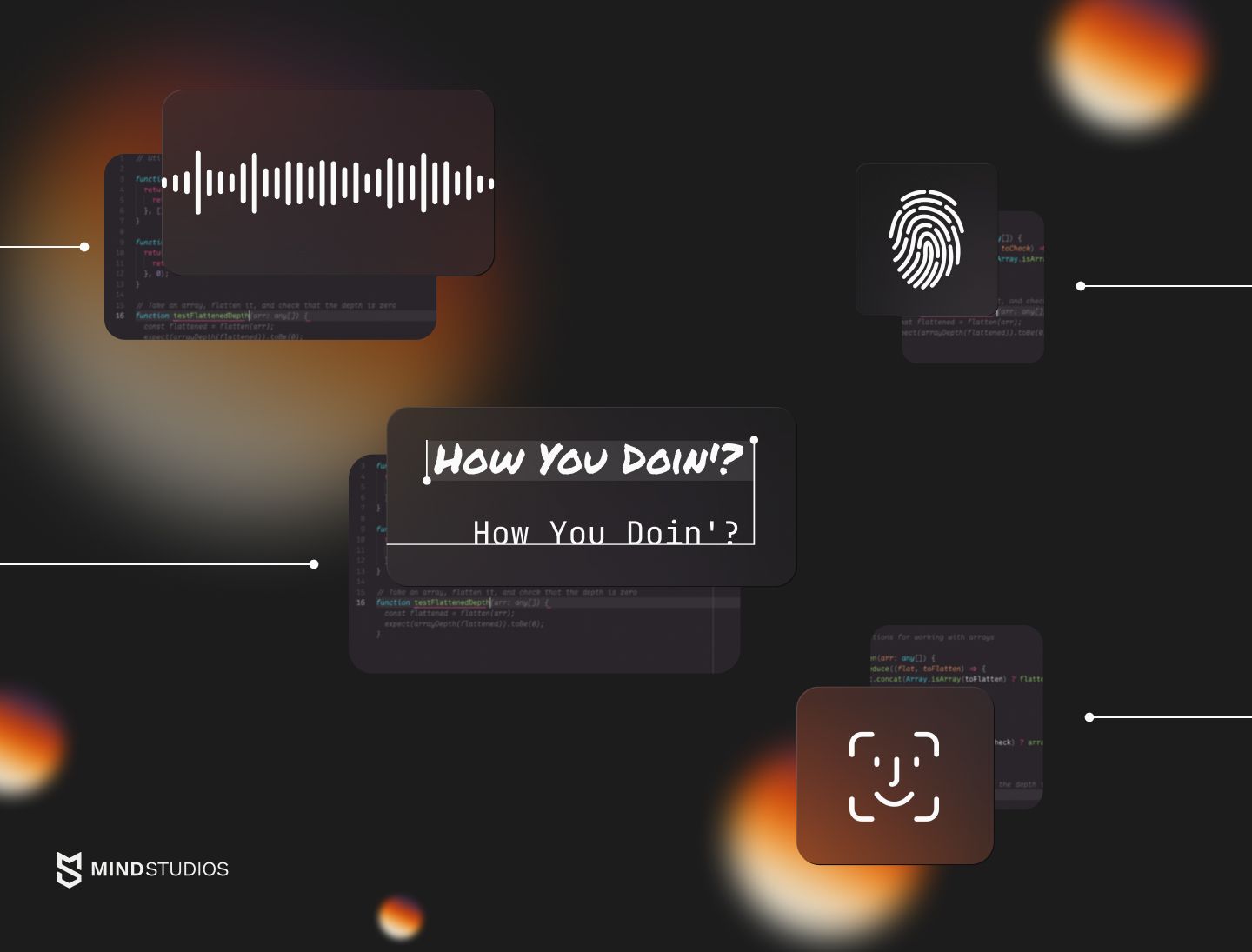
Whereas in the previous section we talked about the effect AI has on the user side of apps, now let’s talk about the lesser-known inner dealings of software, i.e. using AI for mobile app development process.
There’s actually a variety of ways how AI can help develop mobile apps even when the app itself doesn’t use any kind of AI, ML, or NLP.
Requirements management
The use of AI in app development, in particular the use of machine learning kits (e.g. Google ML Kit) in combination with natural language processing technologies can help project managers and developers with building superb requirements documentation. A specially designed algorithm can easily find inconsistencies in requirements and highlight them for the team to fix at the early stages of development.
Code generation
Writing code takes a lot of time, and it’s a complex task requiring special training. However, at times, it’s also repetitive and tedious. These days, the rapid development of NLP technologies already allows programmers to teach software to… yes, code other software.
One of the examples of such software is Tabnine, an auto-completion tool for writing code. According to its creators, Tabnine uses NLP and can write code from verbal descriptions of needed functionality. Other similar tools include names like OpenAI Codex and the lovechild of Microsoft and Cambridge University, the DeepCoder.
Software designing
AI in app development can be used to train machine learning models. Platforms like Google Vertex AI, Microsoft Azure AI, TensorFlow and others offer tools to simplify designing process and accelerate development.
Software testing
While automated testing can’t yet replace manual testing fully, it’s a great way to accelerate development and launch software faster. But automated testing requires writing code, which is, in and of itself, a sometimes lengthy process. That’s where AI-based tools for automated testing come into play.
Companies like Sauce Labs and Perfecto.io offer tools for faster writing of test cases, testing on virtual devices, scriptless testing, and more.
Fast experimentation
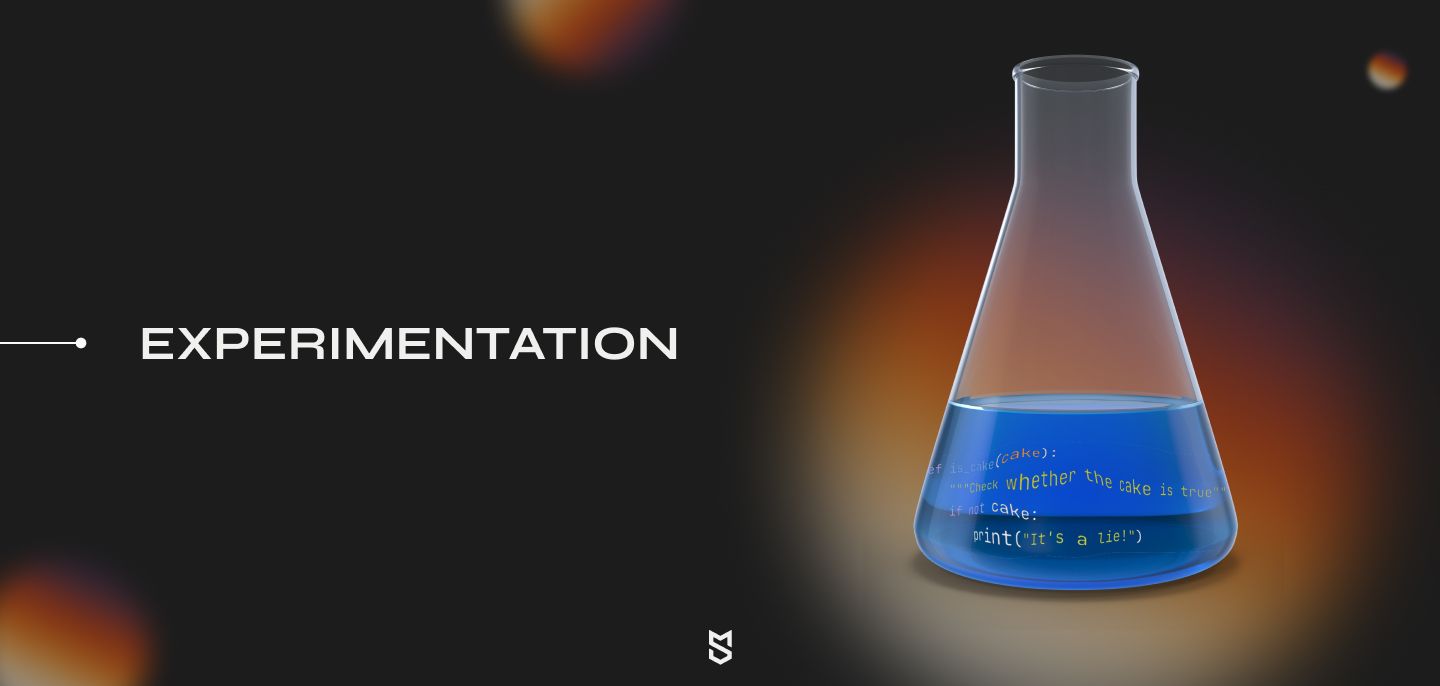
Experimentation is an integral part of development, historically. In modern technology, continuous experimentation is what allows the industry to progress so fast.
In developing mobile applications, however, sometimes there’s little to no time for experimentation if you want to launch earlier. This is even more true when we’re talking about outsourcing software development, where one of the selling points is faster launching.
If there’s a proven way to do something, it’s better to go that way and postpone any experiments to when you’re not in the race for more users or clients. But then you’re always in the race.
That’s why developers use platforms like TensorFlow’s Keras, which offers a flexible yet powerful interface to develop and deploy machine learning solutions fast. This allows developers to try new ways to do things without it getting in the way of work too much.
Final thoughts
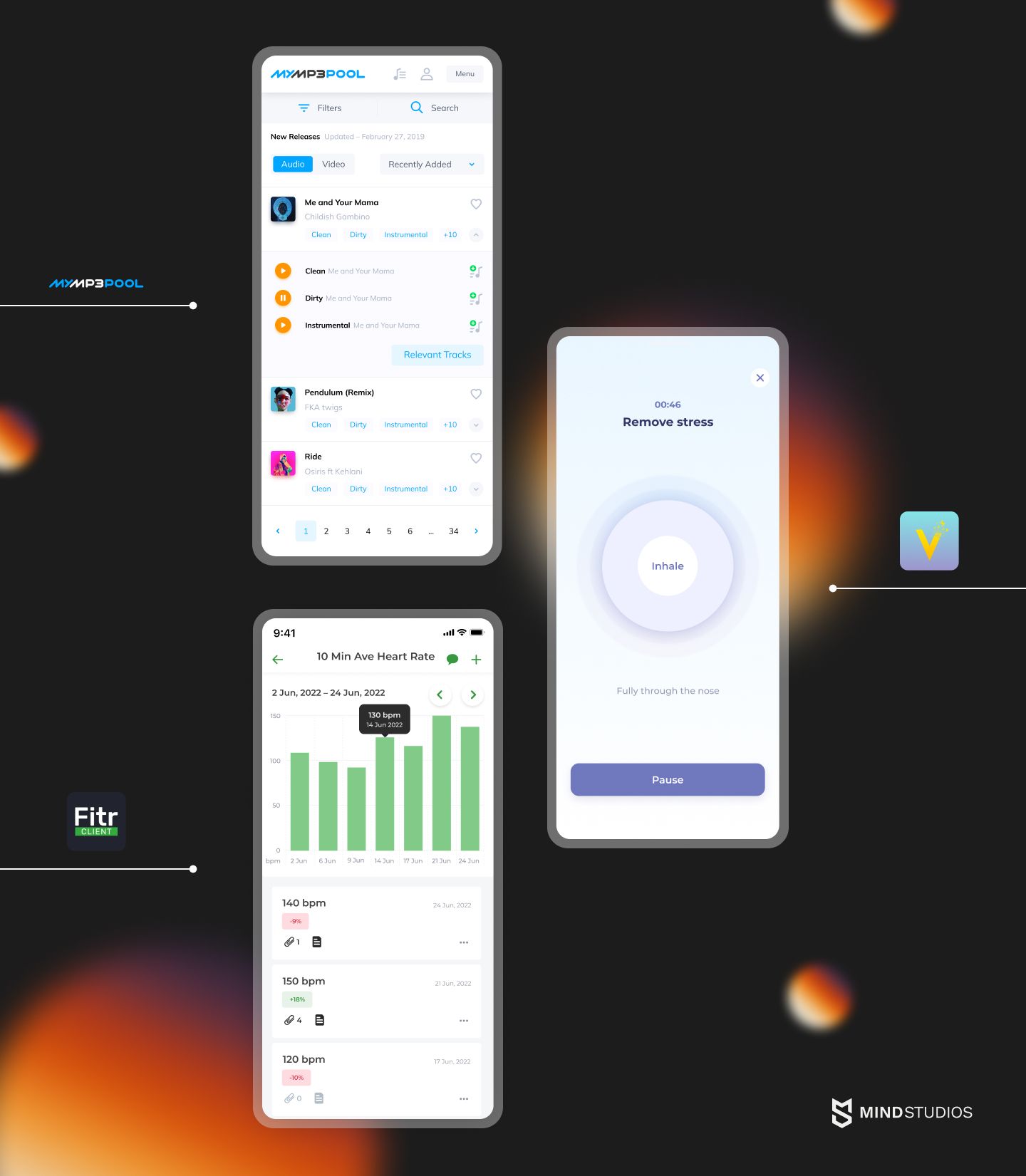
Artificial intelligence changes the world of mobile development on all sides — new functionalities appear to be offered to users, and new tools are created all the time to make app development easier and faster. By the end of 2022, 97% of mobile app users engaged with AI-based voice assistants, and 40% of users utilize such assistive technologies on a daily basis.
Companies across industries save billions of dollars by employing AI solutions to optimize operations. And we’re only at the onset of the real AI revolution.
At the same time, AI technologies are no more the privilege for the very rich. New technologies and APIs emerge consistently whose cost is affordable for small and medium businesses to implement in their mobile applications.
At Mind Studios, our developers build custom algorithms and tinker with all kinds of AI, ML, and NLP tech. We’ve built functionality for recommendations, self-learning analysis tools, functionality with automated reasoning models, and more.
If you’re interested in AI technology and wish to build sophisticated AI-backed functionality into your app, drop our consultants a line with your inquiry and we’ll schedule a free 45-minute consultation for you.

